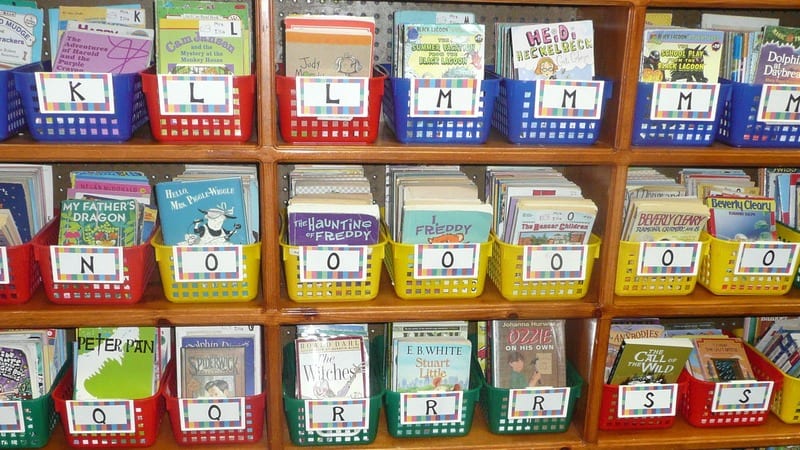

His quest-which was ultimately successful-was to stock his room with more diverse books, ones that reflected the identities and lives of the students whom he was teaching. Jarred Amato, an English teacher at a public high school in Nashville, made it a mission to greatly expand his classroom library several years ago. The urban public school where I worked did manage to keep a steady supply of books, but book deserts are a sad reality at under-resourced public schools where libraries have been closed and funding cuts have reduced the flow of independent-reading books into classrooms. My school supplied only modest funding for this, so if teachers wanted to have the newest high-interest books in our classrooms, we had to accomplish this task mostly on our own-a scenario that, unfortunately, isn’t out of the ordinary. You could also create a book review section of a class blog where you publish their thoughts.During my time as a high school teacher, one of the greatest challenges was keeping my classroom library fresh-the process of acquiring the latest books while also replacing lost and worn-out ones. This is a great way to give students agency in adding books to your classroom library.


You can ask students to read a book a month and send you their reviews via email. Have students apply to be early readers and let publishers know in your ARC requests that this is happening. You can also develop a Review Board in your classroom. Show the publisher that you’re reading and sharing the book. Lastly, remember that you are an influencer. The more you post-even before your formal review-the more likely you are to continue receiving books. If you get a hard copy, #bookmail is a great hashtag to celebrate. If you receive an ARC, be sure to shout out the publisher and the author on your social media! Tag them in your photos and say thank you. Remember, what publishers want more than anything is to build buzz for their books. Show the publisher what they’re investing in.ĭeveloping a Relationship with Publishers

There’s no hard-and-fast rule for requesting an ARC, but here are a couple of tips to help get your request approved. This means it’s more likely that you’ll get the books you want, especially as you write more reviews. It’s easy for publishers to send out a high number of eBooks because they’re so cheap to produce. As you start submitting reviews, you will improve your reader rating and publishers will be even more likely to send you books! You can search a wide range of electronic copies, request them, and have them sent to your Kindle or eReader. The easiest way to get early copies is to join a website like NetGalley. There are essentially two ways to approach this, each with its own implications for your classroom. These don’t have to be New Yorker-level reviews, and a few paragraphs will suffice. You will always receive books in exchange for an honest review, so you’ll need to share your thoughts on Goodreads, Amazon, or Barnes & Noble. This includes bloggers, librarians, and of course-you! Publishers especially value teachers’ opinions, since you could influence hundreds of students to read a book. Publishers send these to readers who are purchasing influencers. We call these Advanced Review Copies or ARCs for short. Publishers want YOU to read their books early.įor every book on the road to publication, publishers set aside a small number of advanced copies to send to early readers.
#CLASSROOM LIBRARY BOOKS FREE#
You don’t even have to run a podcast to make this happen-I’ve been receiving free books for four years. Nope! Our not-so-secret strategy is that publishers send us the books early, and for free. Since we released our episodes the Thursday after the books are published, it’s obvious that we weren’t reading at super-speed and producing an episode in two days. For two years I co-hosted the YA Café Podcast, a weekly roundtable discussion of new books.


 0 kommentar(er)
0 kommentar(er)
